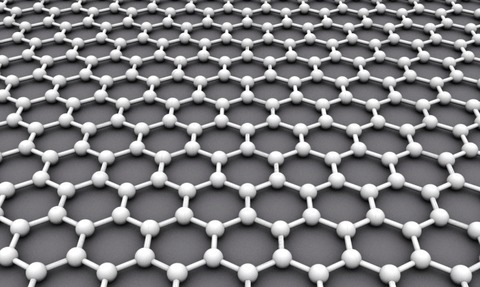Researchers create ‘scalable’ 2D nanomaterials
22 Nov 2016

A team of scientists from UCL, the University of Bristol, Cambridge Graphene Centre and École Polytechnique Fédérale de Lausanne, has created scalable versions of several two-dimensional (2D) nanomaterials.
That is according to research published in the journal Nature Chemistry, which suggests the materials could be used in solar cells, or for turning wasted heat energy into electrical energy.
“Many methods for making and applying 2D nanomaterials are difficult to scale or can damage the material, but we’ve successfully addressed some of these issues. Hopefully our new process will help us realise the potential of 2D nanomaterials in the future,” explained study director Chris Howard.
As part of the study, the team inserted positively charged lithium and potassium ions between the layers of different materials including bismuth telluride (Bi2Te3), molybdenum disulphide (MoS2) and titanium disulphide (TiS2), giving each layer a negative charge and creating a ‘layered material salt’.
Discussing the results, first author Patrick Cullen said: “We didn’t expect such a range of 2D nanomaterials to form a solution when we simply added the solvent to the salt – the layered material salts are large but dissolve into liquid similar to table salt in water.
“The fact that they form a liquid along with their negative charge, makes them easy to manipulate and use on a large scale, which is scientifically intriguing but also relevant to many industries.”
UCL Business, the technology commercialisation company of UCL, has patented the research and will be supporting the commercialisation process, the university said.

